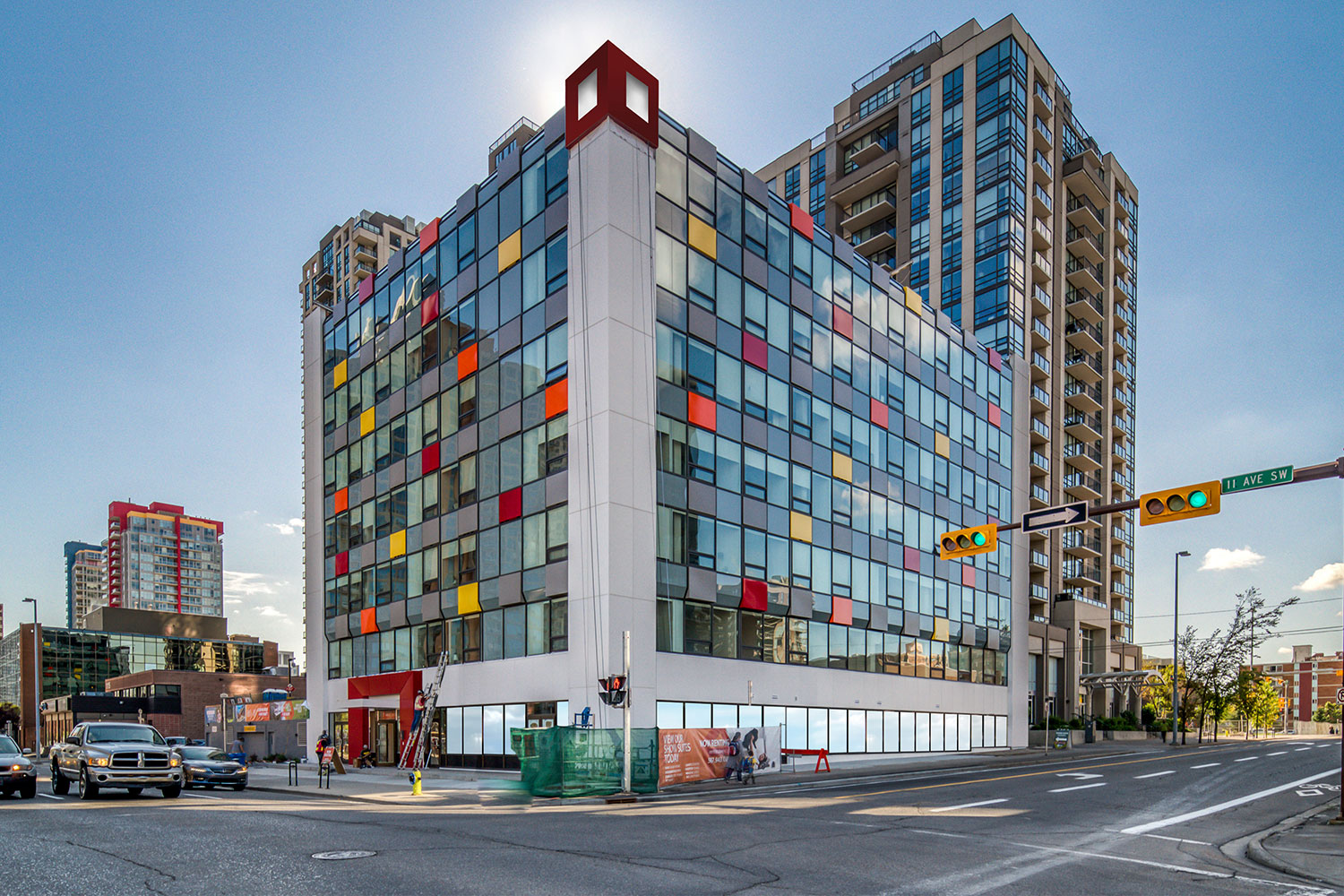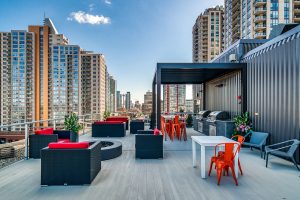
Feb. 22, 2021 | Natalie Noble
What's old is new again: adaptive reuse one solution to Calgary's downtown office vacancies
Ongoing economic challenges, shrinking population growth and a pandemic that won't go away add up to a downtown Calgary office market facing critical vacancy rates.One solution is adaptive reuse: the conversion of vacant office space into residential projects. The University of Calgary's School of Public Policy recently published a research paper exploring the challenges and opportunities surrounding adaptive reuse and how it could make a major difference in the city's downtown core. "We wanted to move into a more nuanced understanding to better identify what is absolutely possible," said co-author Rylan Graham, assistant professor in the School of Environmental Planning at the University of Northern British Columbia. "There are lots of different groups exploring this issue and we wanted to narrow the conversation."
Downtown office vacancy rates have increased from six per cent in 2014 to nearly 30 per cent today. Contrasted with Toronto and Vancouver figures of between six and seven per cent, the pressure to address Calgary's 11 million square feet of vacant office space is high. It's a problem expected to persist for the next 10 to 15 years.
The issue immediately affects the downtown core, but that impact ripples across the entire city. Unoccupied buildings are vulnerable to vandalism, squatting and safety issues. Owners face serious economic ramifications, while everyone from retailers to transit users are also affected.
Adaptive reuse is one answer to a multidimensional problem, but developers could be better supported to take on these projects.
"There is potential for immediate changes that could have short- and long-term effects," said co-author Jenna Dutton, research co-ordinator of the urban policy platform at the University of Calgary. "Rather than waiting out the issue, it's a good time to be thinking more innovatively."
"This is an issue that has had a heavy toll on the City's finances through property taxes and that problem has been shifted to other parts of the city. It is really an issue that impacts us all." - Rylan Graham, assistant professor in the School of Environmental Planning at the University of Northern British Columbia
Easing the economic burden of adaptive reuse is key to realizing its potential. "If it weren't such a barrier, we would probably have already seen more conversions happen," said Graham. "[There's] need for municipalities and other stakeholders, aside from just the private building owners, to get involved. There needs to be systems in addressing the economics and the challenges of it all."
Part of that system is narrowing the scope of a large and varied vacant building supply, including an inventory list and framework to help building owners explore the process. It should outline the many factors at play – including structure, design and location – while convincing owners that conversion is a superior alternative to demolition or waiting out current conditions.
Clearer communication and collaboration between stakeholders and more straightforward administrative policies and regulatory frameworks are also needed. Here the City of Calgary could consider changes to promote adaptive reuse and other ways it can offer administrative and financial support.
"This is an issue that has had a heavy toll on the City's finances through property taxes and that problem has been shifted to other parts of the city. It is really an issue that impacts us all," said Graham. "For those who think the idea is far-fetched, I would say it's already happening."
 Courtesy of Strategic Group
Courtesy of Strategic GroupOne example is Strategic Group's successful transformation of Beltline office space into its Cube residential project. Completed in 2019, Cube created 65 new rental apartments. Avoiding demolition saved 8,000 tons of landfill material and the conversion allowed Strategic Group to update the building to Built Green environmental standards.
Ken Toews, Strategic Group's senior vice-president of development, says identifying a suitable building for conversion involves several considerations, including dimensions, condition, insulation, parking and the building's envelope. Planning and development also factor in, but Toews said the City is accommodating, as Cube's approvals were processed in one month.
"Calgary is by far the best," he said. "They are progressive but sensible in their approach. It requires flexibility on their part to make these projects work."
Toews has been working with the City and Calgary Economic Development to strategize around a subsidy program, a must to promote new conversion projects.
"City administration and council have motivation," he said. "We need to be progressive – attract new companies, people and talent downtown. We're a can-do city."
Tagged: Apartment | Beltline | Calgary | Calgary Real Estate | Calgary Real Estate News | Calgary Real Estate News | City Council | City of Calgary | Commercial | Commercial | Conversion | core | COVID-19 | COVID-19 | Development | Downtown | Economy | Feature | Housing Market | office | Public Policy | Research | Residential | Strategic Group | vacancy




